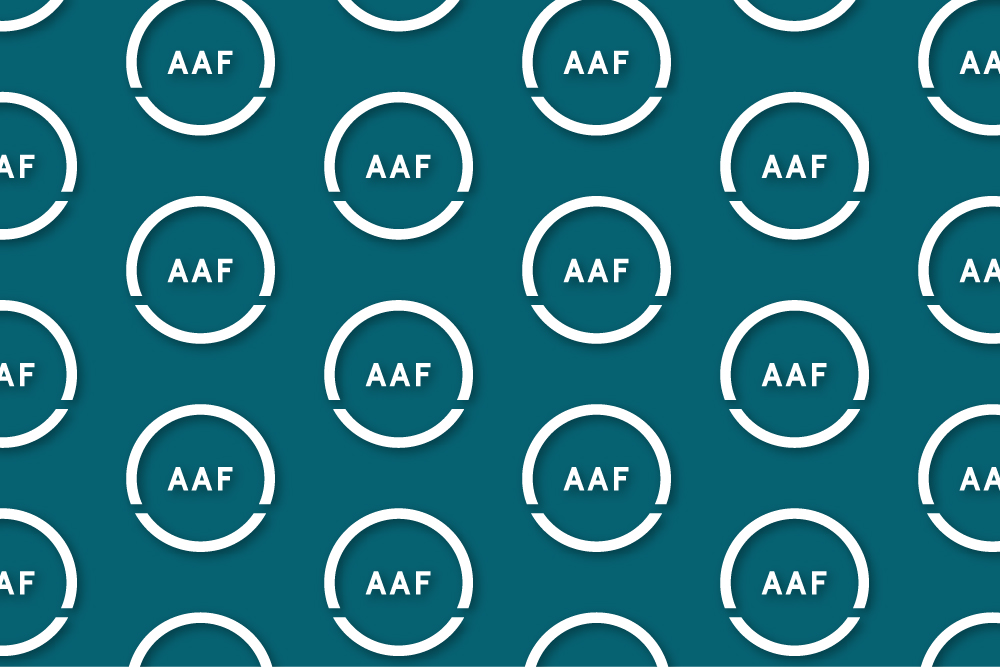A Budget for Inclusive Growth

Introduction
The Biden administration inherited an economy with millions out of work, a rapidly climbing inflation rate owing to supply chain disruptions, and a failed pandemic response. Its combination of aggressive fiscal policy and targeted public investments has led to a strong economic recovery that is the envy of advanced economies. The CAP plan builds on these successes with new public investments — especially in people — that will reduce families’ cost of living while promoting future productivity growth.
Largely as a result of two decades of unpaid tax cuts, America’s fiscal trajectory has moved from a projection of an ever-declining debt-to-GDP ratio to one rising indefinitely. The CAP plan places America on the appropriate fiscal trajectory: slowing down the growth rate of the debt-to-GDP ratio so it peaks below 120 percent of GDP and begins falling modestly as the federal government begins running a primary budget surplus toward the end of the 30-year budget window. More important than the specific level is that the debt-to-GDP ratio stops growing indefinitely and begins to fall.
The CAP plan does this while safeguarding our commitments to seniors, investing in the American people, putting our debt trajectory on course toward stabilization, and preventing interest costs from crowding out private and public investments that will help us move toward a greener, more resilient economy. In particular, policymakers must use the expiration of many of former President Trump’s tax cuts at the end of 2025 to raise revenue by raising taxes on the wealthy and corporations.
Top Three
Policy
Recommendations
1. Increase Nondefense Discretionary Spending
Nondefense discretionary spending funds some of the federal government’s most critical priorities. It helps fill some of the holes in our porous safety net such as nutrition, housing, and healthcare. It funds the agency staff that literally run the government as well as all the data collection we need to ensure smart and efficient government — without the statisticians at the U.S. Census Bureau and U.S. Bureau of Labor Statistics, policymakers and even the Federal Reserve would be flying blind.
Finally, it funds most of our long-term investments in the future including our scientific research and development, our infrastructure, and our federal education spending.
2. Invest in People
The last three years have shown the results we can achieve with smart public investments. The American Rescue Plan, Infrastructure Investment and Jobs Act, CHIPS and Science Act, and Inflation Reduction Act are delivering a strong, equitable labor market recovery in the short term while crowding in private investment that will boost productivity in the long term. The CAP plan makes a similar investment in the American people — it would deliver affordable childcare for millions of families, universal pre-K, free community college, paid family and medical leave, a larger and more inclusive Child Tax Credit, affordable healthcare, and more.
These investments would save families money in the short term. In the longer term, they will pay off in more productivity through higher education attainment, greater labor force attachment among young parents, and more.
3. Ask the Wealthy and Large Corporations to Pay Their Fair Share
Making these investments while keeping the federal government’s debt-to-GDP ratio on a sustainable trajectory will require additional revenue. The CAP plan achieves this with $9 trillion in additional revenue largely from the wealthy and corporations over its first 10 years. Some of the key reforms it includes are raising the corporate tax rate to 30 percent (still well below its pre-Tax Cuts and Jobs Act level of 35 percent), a 25 percent minimum income tax on households worth over $100 million, and lifting the cap on Social Security earnings so the wealthy contribute the same way low-wage workers do.
While these reforms will help curtail the 40-year trend of growing income and wealth inequality, the United States would remain a low tax nation: federal revenue as a share of the economy would rise by about 3 percentage points of GDP, which would move us from the 29th highest-tax country in the OECD to the 28th.
Address Near-Term Policy Issues
The plan would address near-term fiscal policy issues in the following ways:
- Caps on discretionary spending beyond FY 2025. As discussed above, the CAP fiscal plan calls for an immediate increase in nondefense discretionary spending after FY 2025 equal to 0.75 percent of GDP. By the end of the decade, it would bring down defense discretionary spending to where it was under President Obama adjusted for inflation. After that, both would grow with population and inflation.
- The debt ceiling. The debt ceiling serves no useful purpose — the United States is one of just two countries that has a debt ceiling at a fixed nominal amount. Moreover, Congress initially instituted the debt ceiling to facilitate borrowing by the executive instead of routinely putting our country at the risk of default. The CAP plan calls for abolishing it. If Congress wishes to address debt and deficits, it should change tax and spending laws, not threaten the full faith and credit of the United States.
- Expiration of tax cuts for individuals in the Tax Cuts and Jobs Act. The CAP plan calls for using the expiration of the Trump tax cuts as an opportunity to raise additional revenue while refusing to cut additional taxes for the wealthy and large corporations. Any extension of the tax cuts going to low- and middle-income households should be offset either through the $9 trillion in revenue raisers over the first 10 years identified in the CAP plan or through additional reforms such as reducing the value of itemized deductions, reforming retirement tax incentives, and rationalizing the tax treatment of business investment.
- Expiration of enhanced subsidies for purchase of health insurance through the marketplaces. The enhanced Affordable Care Act subsidies have helped drive down the share of Americans without health insurance to a historic low while saving Americans billions in healthcare costs. The CAP plan calls for extending them.
- Upcoming exhaustion of the trust funds for Old-Age and Survivors Insurance, Hospital Insurance, and Highways. The CAP fiscal plan would lift the earnings cap on Social Security earnings, which would keep the OASDI trust fund solvent for the entire long-term budget window according to the Social Security chief actuary. It increases the Medicare tax rate on high earners, closes the loophole from Medicare taxes for high-income business owners, and redirects revenue from the net investment income tax to the Medicare Hospital Trust Fund as was originally intended. The Medicare actuary has found these reforms would keep the trust fund solvent indefinitely. The CAP plan would backfill the Highway Trust Fund with general revenue.
Conclusion
America can afford to invest in its people with nondefense discretionary spending and a suite of policies that will reduce families’ cost of living. It will require that policymakers use the coming expiration of major pieces of the Trump tax cuts to raise taxes on the wealthy and large corporations instead of doubling down on the tax cut agenda that has placed America on an unsustainable fiscal trajectory.
Explore other plans
American Action Forum
AAF’s proposal contains sweeping changes to both spending and revenues to successfully reduce the debt relative to GDP.
Economic Policy Institute
EPI’s budget plan prioritizes maintaining social insurance and income support programs as well as the vital public investment efforts begun in recent years to accelerate decarbonization.
Progressive Policy Institute
PPI’s proposal prioritizes fiscal restraint to reduce deficits and prevent ballooning interest costs, while leaving room for pro-growth investments that lay the foundation for a more abundant and equitable America.



